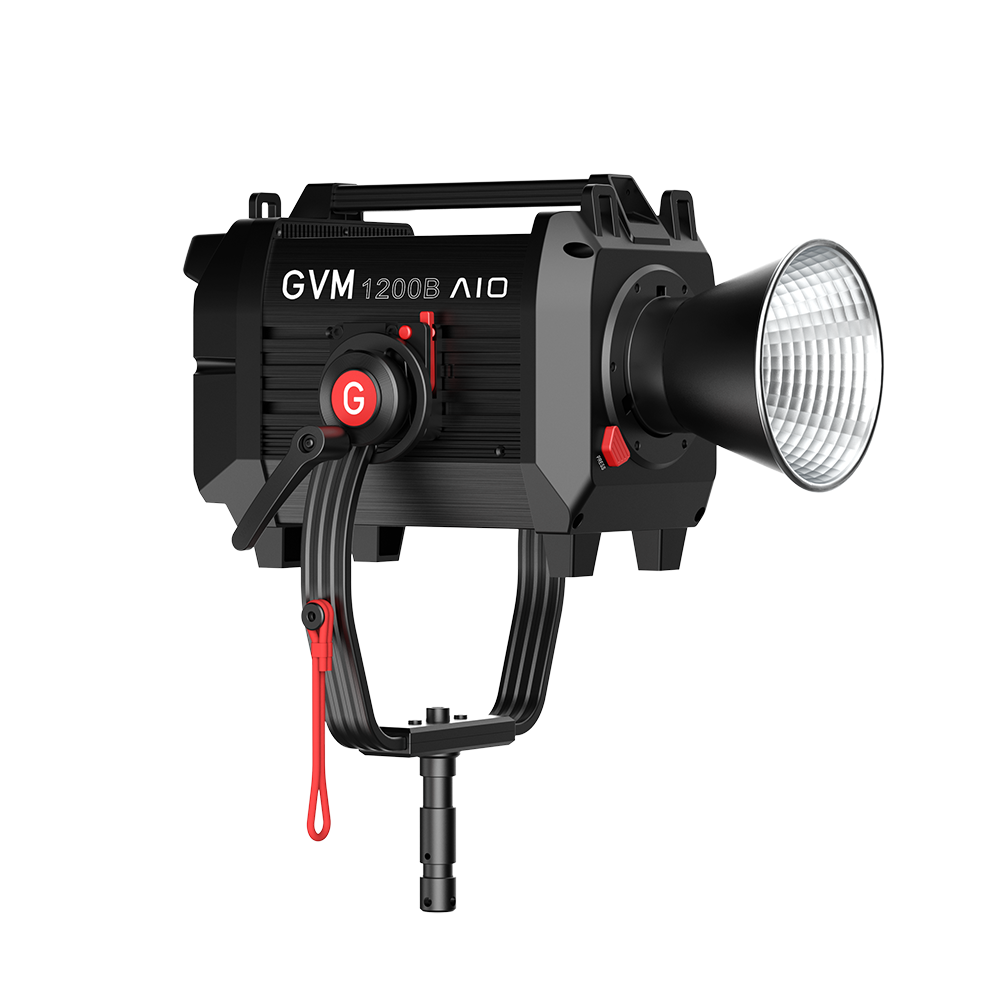How to take interior architectural photography? Here are the six methods
Architectural photography is not only limited to shooting the magnificent architectural appearance, but also the spatial layout and decorative furnishings inside the building are an integral part of the entire architectural design. However, due to the influence of the changeable indoor light conditions and complicated furnishings, indoor architectural photography is often more challenging than outdoor photography. Especially for photography enthusiasts who are new to the subject, they often feel at a loss to begin with. Take your time. Here are six simple and practical photography tips to find out how to take satisfying interior architecture photos.

1、A tripod
For architectural photographers, there are two main reasons why you need a tripod. The first reason is that a tripod gives you unrivalled stability while shooting, essentially eliminating hand-held shaking, since blurring of the subject is almost never allowed in architectural photography. Another advantage of using a tripod is the ability to keep your camera level at all times. The second reason I have to use a tripod sounds pretentious, and that’s because I can’t find a reason not to. Considering that architectural photography doesn’t require you to move the camera quickly to constantly adjust the composition or track the subject, a tripod is not an obstacle to shooting, but 99.99% of architectural photography is still shooting, so how can we do without a tripod?

2、Use flash whenever possible
In addition to the tripod, another essential tool for interior architectural photography is the flash. If you’re shooting indoors without a flash, there’s a good chance you’ll see shadows running around the room, and using a flash is a great way to balance the exposure across the frame. Some basic points for setting up the flash include positioning it a few feet away from the camera, and Angle the flash so that the light hits the ceiling, but at the right distance from the space you’re shooting, so that the flash doesn’t shine directly on the space you’re shooting, creating a softer and more even light. The flash does not need to be at full power; it can be manually set in one gear below full power output.
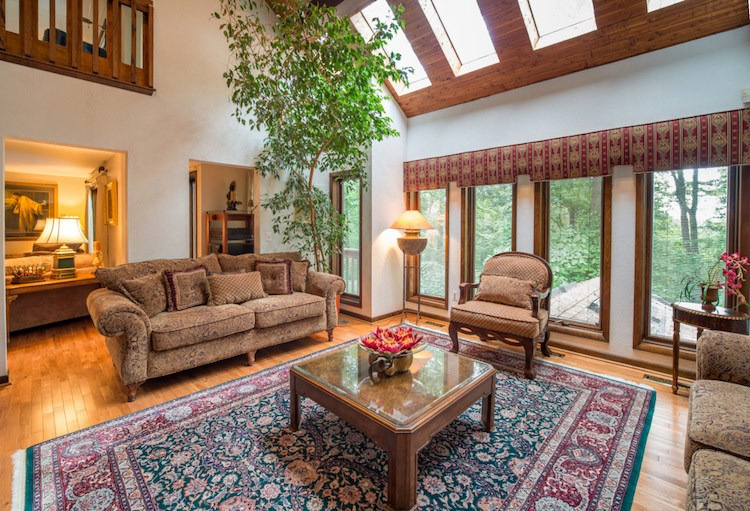
3、Don’t rush to use an ultra-wide Angle lens when shooting large Spaces
One of the most common mistakes for photographers who are just starting out in interior architecture photography is to be overly thorough. When faced with a large space, they always try to capture all the scenes in the whole space at one sitting by using a super wide Angle lens with a wider perspective. However, it’s not always a good thing to have too many elements in the picture at once. Another disadvantage of the ultra-wide Angle lens is that the edge of the image is distorted, which is also an unbearable problem for serious architectural photography. After testing a number of lenses with different focal segments, I concluded that shooting with focal segments between 21mm and 28mm provides a good balance between a wide Angle and low distortion, whereas ultra-wide angles like 14mm or 15mm make it difficult to completely eliminate distortion even with post-processing.
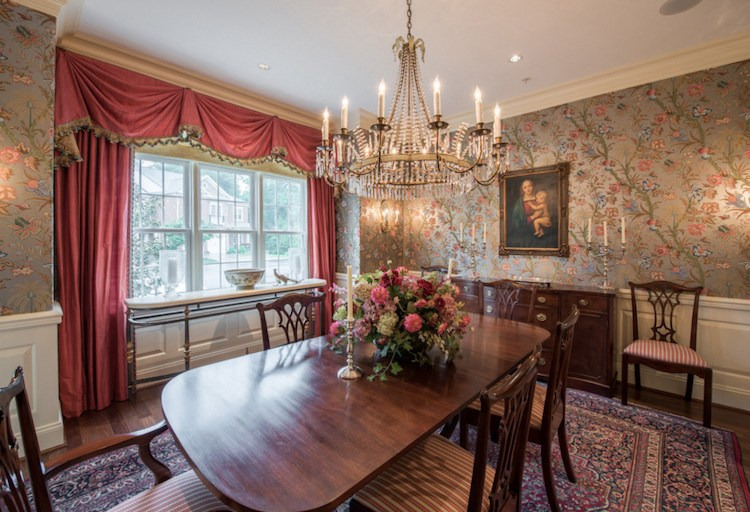
4、Try to present a super wide perspective with panorama
What if a wide Angle lens larger than 21mm is not enough in a tight space? Don’t worry, even without the use of 14mm ultra-wide Angle lens we still have a way to show the interior space completely, while avoiding serious distortion problems, this way is panoramic shooting. Taking panoramas is as simple as setting up the camera lengthwise on a tripod and making sure that each shot has at least a third of the overlap with the last. Of course, when pressing the shutter, we also need to make sure that the camera is horizontal throughout the rotation and that we have a good rotation point. Either too far or too close will distort the image, as in the image below, where the point of rotation is on the camera body, resulting in a convex distortion in the composite image.
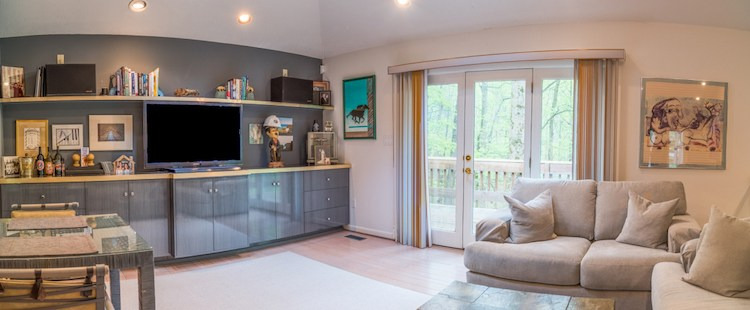
5、 A photograph as much as possible to include one or two walls
Geometrically speaking, presenting two walls in a photograph provides the best visual effect. When more than three walls are shot at once, some parts of the picture become awkward or unnatural if we don’t put more effort into the composition.
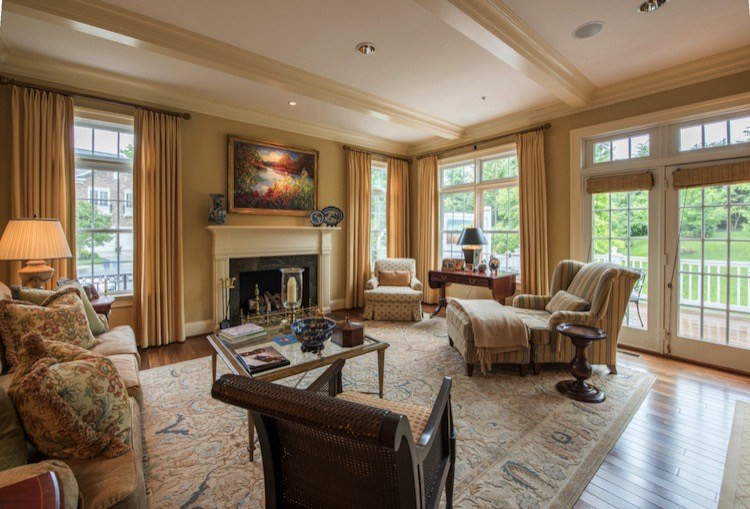
Above is a very typical photograph of a two-walled interior building with two walls at a 90 degree Angle to each other. The picture below is taken in the same room, but I stepped back to the lower left corner of the room so that I could fit three walls into the picture at once.
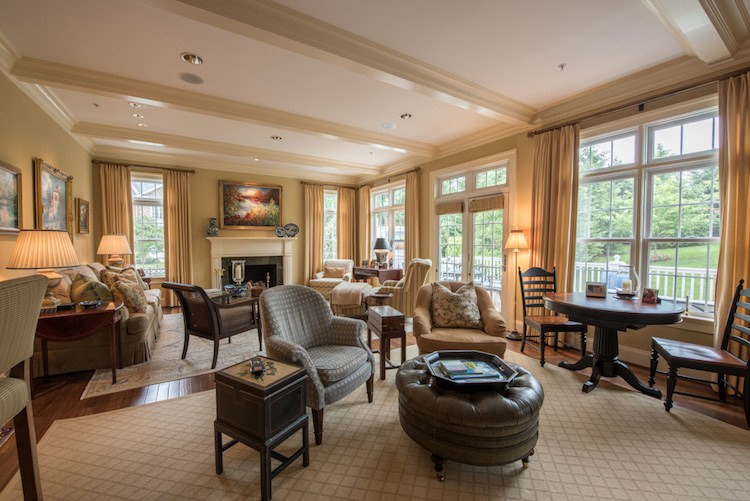
Personally, influenced by the wall on the left, I feel that the photo space on the three walls does not look as natural as the two walls. However, there are no absoluters, and just as we break the rule of thirds to create our work, it is possible to have more than three walls at the same time if necessary. The key is to ensure that the elements in the space are arranged geometrically.
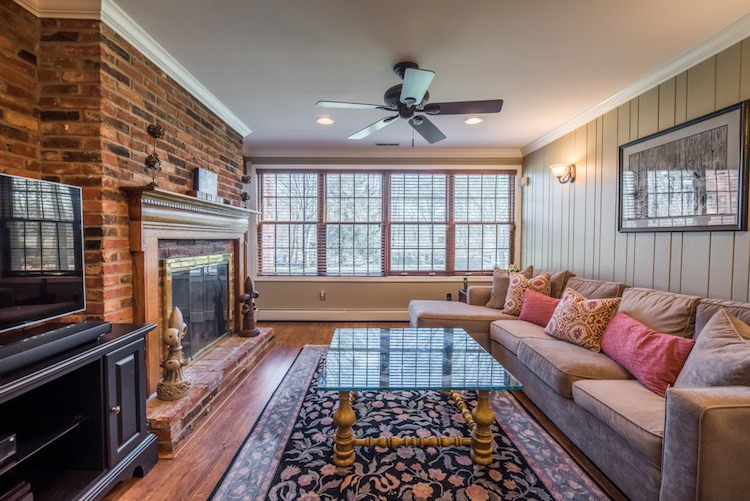
6、Confirm the level of the camera
Last but not least, don’t forget to check the camera level before pressing the button to make sure the camera is not skewed to the left, right, or up or down. It is important to know that the slight deviation in the early stage will require us to spend a lot of time to correct in the later stage. The following two images illustrate the difference between horizontal and no horizontal shots.
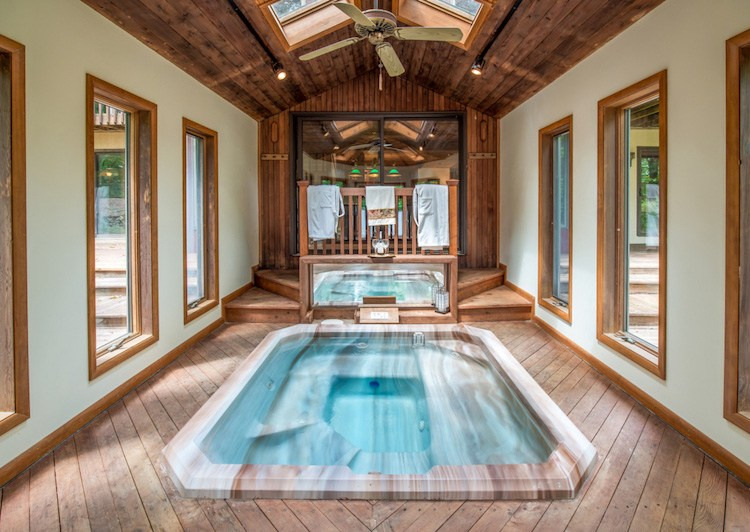
It can be said that whether or not a horizontal shot has a huge impact on the final image. There are several ways to make sure the camera is level when composing and shooting. First, most cameras on the market now have a level built in. When composing through the viewfinder or display screen, we can judge and correct the level of the camera by the horizontal line in the center of the picture. The second method is to purchase and then install a hot-boot level and confirm the level of the camera by observing the position of the bubbles in the level. Personally, I prefer the second method because I think the hot-boot level is more accurate than the built-in one.
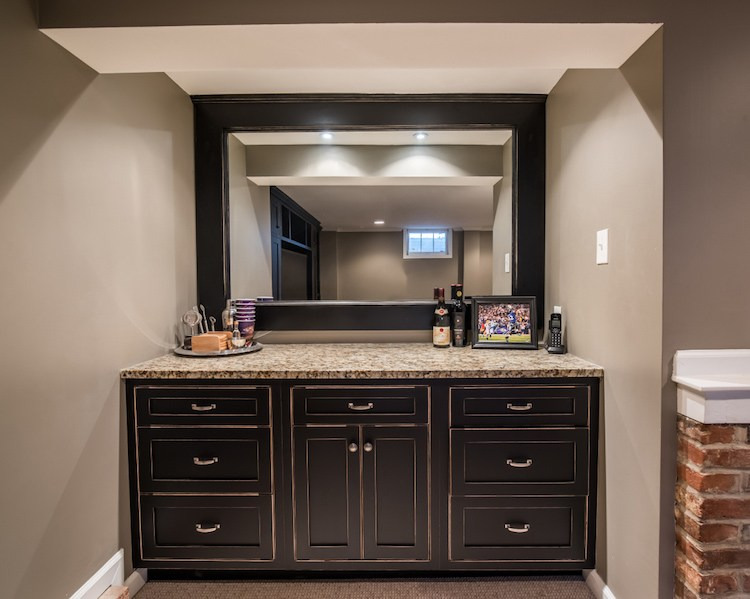
conclusion
No matter the subject matter, the most important thing for photography to take a good picture is to take the time and have enough patience to check over and over again the composition, exposure and other elements that will affect the final effect. The good news for architectural photographers is that our subjects don’t move, so there’s no reason to rush.

